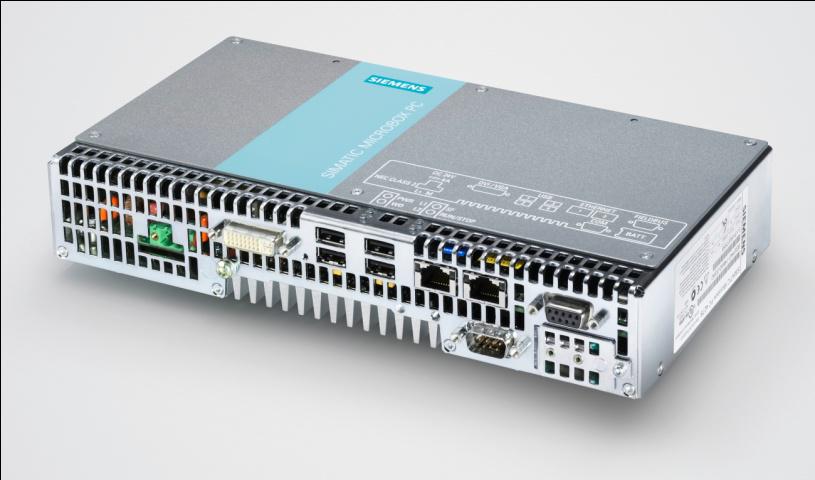Fire detectors utilize optical sensors to distinguish flares because of fire and are key parts of a fire recognition framework in for instance, the oil, gas and petrochemical enterprises. An assortment of sensor advances is accessible. The professional clarifies how one specific way to deal with fire identification can make a gadget that is fit for distinguishing a wide range of consuming powers. This disposes of the requirement for coordinating an identifier type with a specific fuel, decreasing the intricacy and cost of choosing a particular locator for a particular fuel type.

Most Flame detector work by taking a gander at the energy transmitted by the hot results of a fire. Of these results, one of the most well-known is carbon dioxide (CO2), which many energizes produce when consumed. The hot CO2 produces considerable measures of energy at a frequency of 4.3 microns, which an infrared sensor can identify. The straightforwardness of this approach makes for truly reliable detectors, yet leaves open a key shortcoming – what happens when a fuel doesn’t contain carbon?
An open door missed
Numerous producers have made intricate, costly finders that add various sensors into the unit, permitting the unit to distinguish different fuel types. This approach conquers a portion of the issues with a solitary waveband identifier, however botches the chance to improve a much finder. Rather than depending on various PLC sensors to take a gander at various regions, why not plan a unit where each sensor sees across a wide range? The utilization of various sensors then, at that point, straightforwardly expands the exhibition and unwavering quality of the unit. By seeking after in view of this way of thinking, it is feasible to hold the awareness of the fire unit, while expanding its protection from bogus cautions.
For more details log on http://www.melriya.com